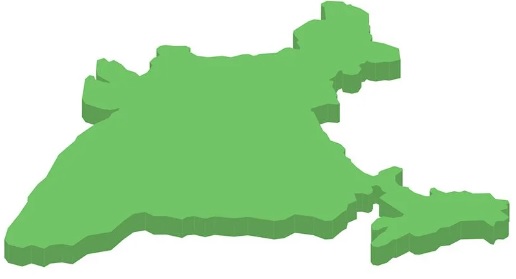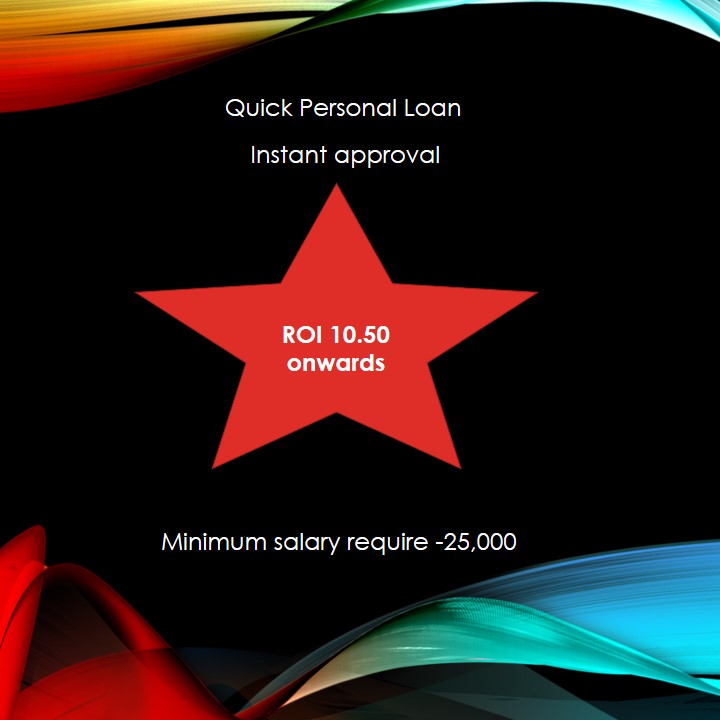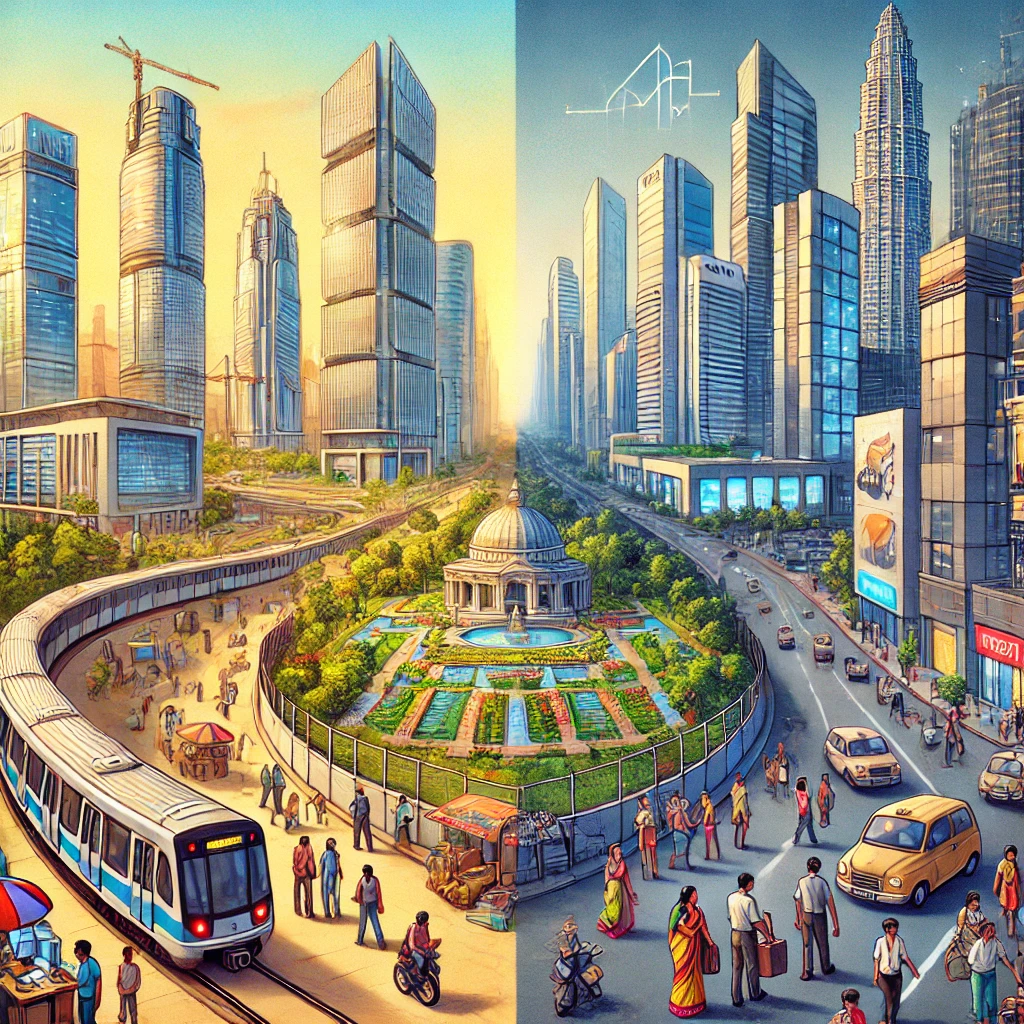Tracing the Evolution of Income Tax Slabs in India: From Independence to Modern Times
(By Naveen Sinha) Income tax in India has undergone significant changes since the country gained independence in 1947. Over the decades, the structure of income tax slabs has evolved, reflecting India's economic priorities, fiscal policies, and the need to balance growth with equity. This article delves into the historical progression of income tax slabs, highlighting key milestones and their implications.1947-1973: The Era of High Taxation
At the time of India’s independence in 1947, the tax system was highly progressive, designed to redistribute wealth in a nascent economy grappling with poverty and underdevelopment. The income tax slabs during this period were numerous, with rates escalating steeply for higher-income groups. For instance, in 1947-48, the tax rates ranged from 10% for incomes up to ₹5,000 to an astonishing 97.75% for incomes exceeding ₹2,00,000. By 1973-74, the tax structure included 11 slabs, with the highest marginal tax rate set at 85%. This period was characterized by a punitive tax regime, which, while aimed at reducing inequality, often led to tax evasion and discouraged entrepreneurship.1974-1985: Gradual Rationalization
Recognizing the drawbacks of excessively high taxation, the government initiated a process of rationalization. The number of tax slabs and the highest marginal rates were gradually reduced. By 1984-85, the highest marginal tax rate was brought down to 60%. The objective was to improve compliance and incentivize investment while still ensuring a progressive taxation system.1985-1992: Simplification Begins
The 1980s marked the beginning of significant tax reforms. In 1985-86, the Finance Minister, V.P. Singh, reduced the number of tax slabs to four, with rates ranging from 25% to 50%. This was a pivotal move towards simplifying the tax structure and making it more predictable for taxpayers. In 1991, India faced an economic crisis, prompting the government to undertake bold economic reforms. The tax system underwent further simplification under the stewardship of Dr. Manmohan Singh, the then Finance Minister. By 1992-93, the number of tax slabs was reduced to three: 20%, 30%, and 40%. The highest marginal tax rate was reduced to 40%, signaling a shift towards a more investor-friendly regime.1997-2010: Stability and Modernization
The 1997-98 budget, presented by Finance Minister P. Chidambaram, is often referred to as the "Dream Budget." It introduced a three-slab structure with rates of 10%, 20%, and 30%, which remained largely unchanged for over a decade. The exemption limit was also increased, providing relief to lower-income groups. This period saw significant efforts to modernize the tax administration. Measures like the introduction of Permanent Account Numbers (PAN), online tax filing, and stricter compliance norms were implemented to reduce tax evasion and improve efficiency.2010-2020: Adjusting to Inflation
The first decade of the 21st century witnessed incremental changes to income tax slabs, primarily to adjust for inflation. In 2010-11, the exemption limit was raised to ₹1,60,000, and the slabs were revised to 10% for incomes up to ₹5,00,000, 20% for ₹5,00,001 to ₹8,00,000, and 30% for incomes above ₹8,00,000. Further adjustments were made in subsequent years. By 2012-13, the exemption limit was increased to ₹2,00,000, with the highest tax rate of 30% applying to incomes above ₹10,00,000. This period also saw the introduction of additional surcharges for high-income earners, reflecting the government’s focus on progressive taxation.2020-Present: Introduction of the New Tax Regime
In 2020, the government introduced an optional new tax regime aimed at simplifying the tax structure and broadening the taxpayer base. Under this regime, there are six slabs with lower tax rates but no exemptions or deductions. The slabs are as follows:- Nil for incomes up to ₹2,50,000
- 5% for ₹2,50,001 to ₹5,00,000
- 10% for ₹5,00,001 to ₹7,50,000
- 15% for ₹7,50,001 to ₹10,00,000
- 20% for ₹10,00,001 to ₹12,50,000
- 25% for ₹12,50,001 to ₹15,00,000
- 30% for incomes above ₹15,00,000
Key Trends and Implications
- Shift Towards Simplification: Over the years, the number of tax slabs has been reduced significantly, making the system simpler and more transparent.
- Focus on Progressivity: While the highest marginal tax rates have come down from the punitive levels of the 1970s, the tax structure has remained progressive, ensuring that higher-income groups contribute a larger share of taxes.
- Balancing Growth and Equity: The changes in tax slabs reflect the government’s efforts to balance economic growth with social equity. Lower rates and higher exemption limits have provided relief to taxpayers while encouraging compliance.
- Introduction of Flexibility: The optional new tax regime represents a paradigm shift, offering taxpayers the flexibility to choose a system that aligns with their financial planning.
- Technological Advancements: Modernization of tax administration, including e-filing and online tax payment systems, has complemented changes in tax slabs, making compliance easier and more efficient.
Income Tax Slabs Chart (Year-wise)
Year Slab 1 Slab 2 Slab 3 Slab 4 & Above Highest Rate (%) 1947-48 10% (₹0 - ₹5,000) 15% (₹5,001 - ₹10,000) 25% (₹10,001 - ₹15,000) Up to 97.75% for income above ₹2,00,000 97.75% 1973-74 10% (₹0 - ₹5,000) 15% (₹5,001 - ₹10,000) 70% (₹1,00,001+) 11 slabs up to 85% 85% 1985-86 25% (₹0 - ₹18,000) 30% (₹18,001 - ₹25,000) 50% (₹50,001+) - 50% 1992-93 20% (₹0 - ₹50,000) 30% (₹50,001 - ₹1,00,000) 40% (₹1,00,001+) - 40% 1997-98 10% (₹0 - ₹1,50,000) 20% (₹1,50,001 - ₹3,00,000) 30% (₹3,00,001+) - 30% 2005-06 10% (₹0 - ₹1,50,000) 20% (₹1,50,001 - ₹2,50,000) 30% (₹2,50,001+) - 30% 2010-11 10% (₹0 - ₹5,00,000) 20% (₹5,00,001 - ₹8,00,000) 30% (₹8,00,001+) - 30% 2012-13 10% (₹0 - ₹2,00,000) 20% (₹2,00,001 - ₹10,00,000) 30% (₹10,00,001+) - 30% 2020-21 Nil (₹0 - ₹2,50,000) 5% (₹2,50,001 - ₹5,00,000) 10% (₹5,00,001 - ₹7,50,000) Slabs up to 30% 30% 2023-24 Nil (₹0 - ₹3,00,000) 5% (₹3,00,001 - ₹6,00,000) 10% (₹6,00,001 - ₹9,00,000) Slabs up to 30% 30%
Notes:
- Pre-1990s: The tax system had steep progressions and a large number of slabs.
- 1991 Onwards: Economic reforms simplified the tax structure into three slabs.
- 2020: Introduction of the optional new tax regime with multiple slabs but without deductions.
- 2023: Defaulting to the new tax regime while retaining the old regime as an option.


























